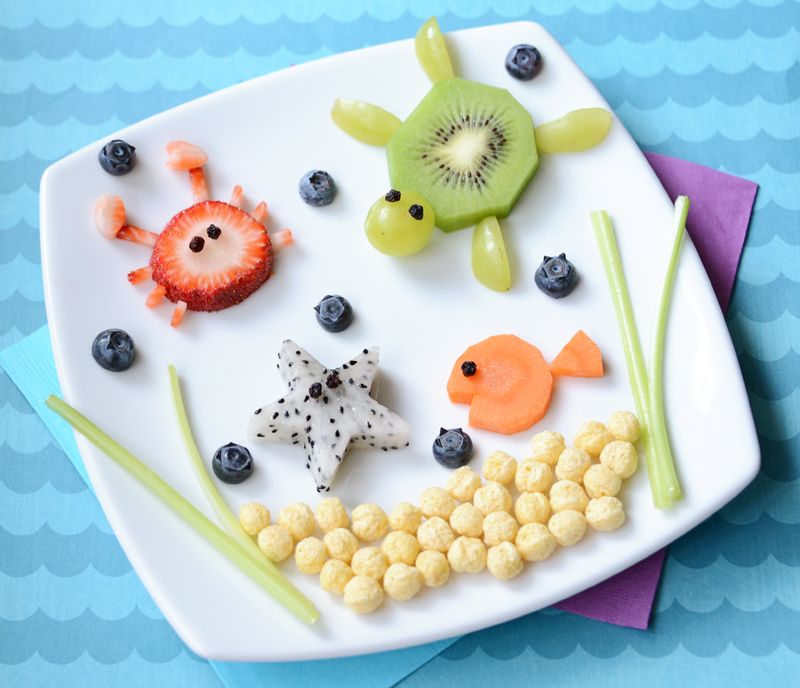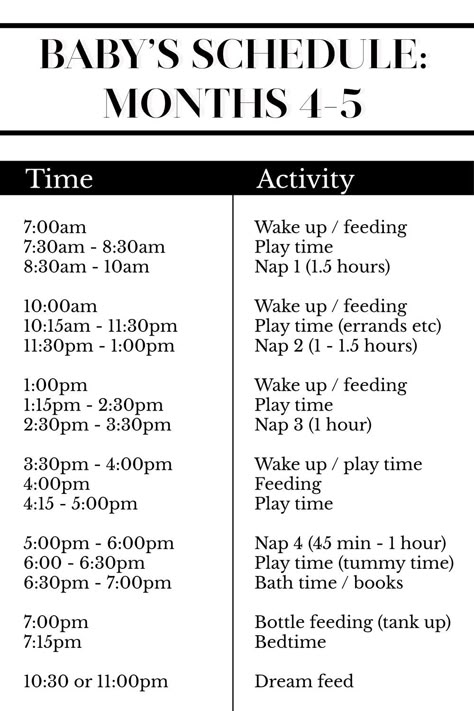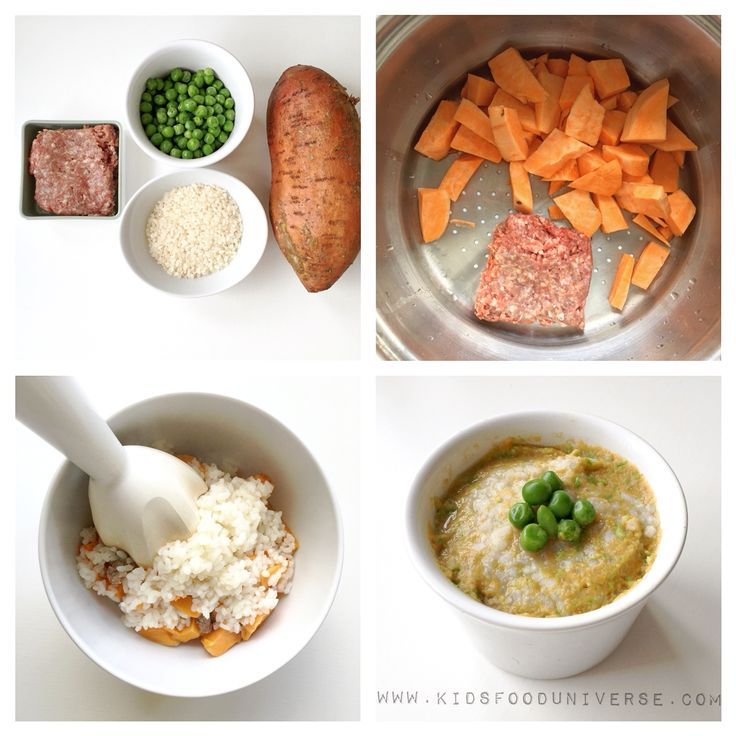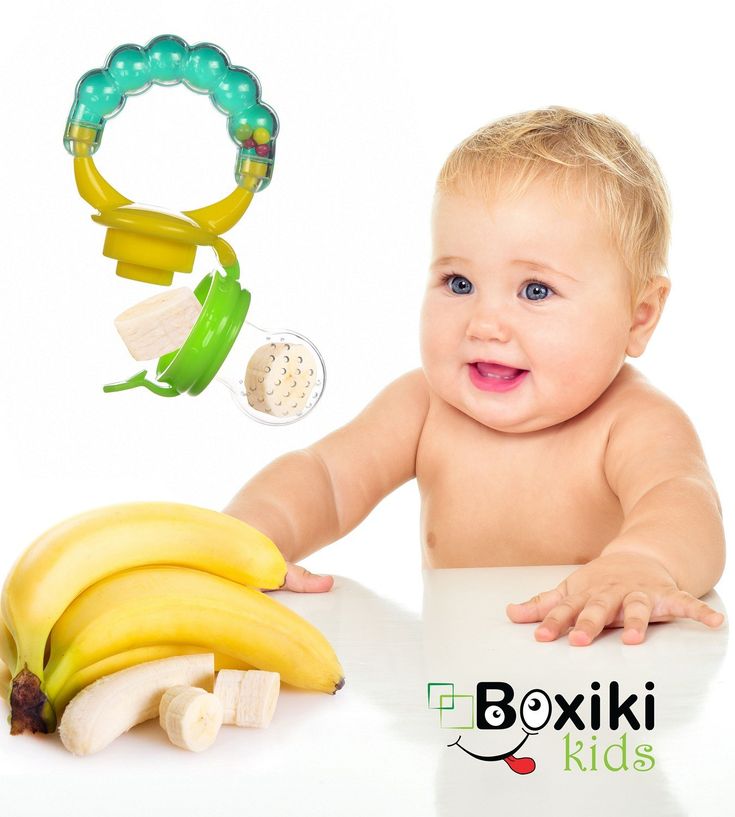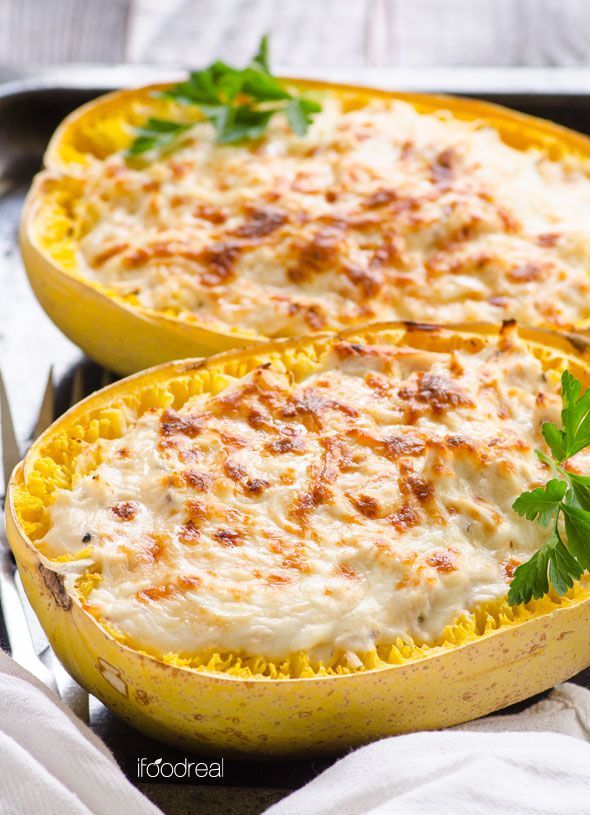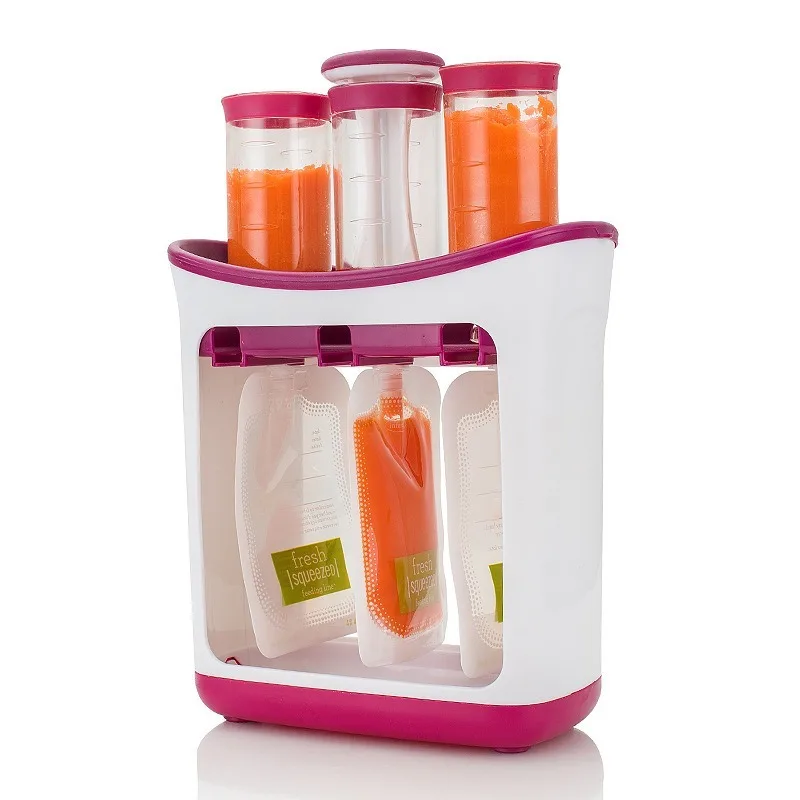How much avocado should i feed my baby
How Much Avocado Can a Baby Eat? (With Age Groups & FAQ)
It’s exciting when your baby starts making the transition to solid foods, but it can also create lots of new questions for parents. Although avocado is a great starter food for babies, for instance, some might wonder how much avocado a baby can eat or how much is too much.
Determining how much avocado is too much for your baby to eat depends on their age and dietary habits. While avocados are an excellent source of healthy fat and vitamins, overeating could add too many calories to their diet or prevent them from adding additional foods to their diet.
Personally, we love avocados in our house and all of our kids enjoyed them as babies. Let’s dive into some questions that you might have about avocados as well as how much you should be serving your baby by age group.
Table of Contents
Should your baby be eating avocados?
Avocados are super healthy food for babies to eat. They are nutrient-dense, full of healthy fats, and help babies learn to love fruits and vegetables. Since they have such a smooth, soft texture, they are also one of the best foods to choose for your baby’s FIRST solid food!
Since avocados have so many health benefits and they are also pretty trendy right now, in general, many parents might worry that they are giving their baby too many of them or that there might be some risk associated with eating too many avocados. Since they are so heavy in fats, it could be easy to assume that you are overfeeding your baby if you add too much avocado to their diet.
The good news is that unless your baby is overeating, in general, then you probably aren’t feeding them too much avocado. Just be sure your baby is getting the right amount of breastmilk, protein, and other fruits and vegetables in her diet as well.
Of course, every baby is different and her dietary needs and preferences will change over time as well. Let’s learn more about avocados, answer some questions that you might have, and even look at the maximum amount of avocado your baby should have each day by age group.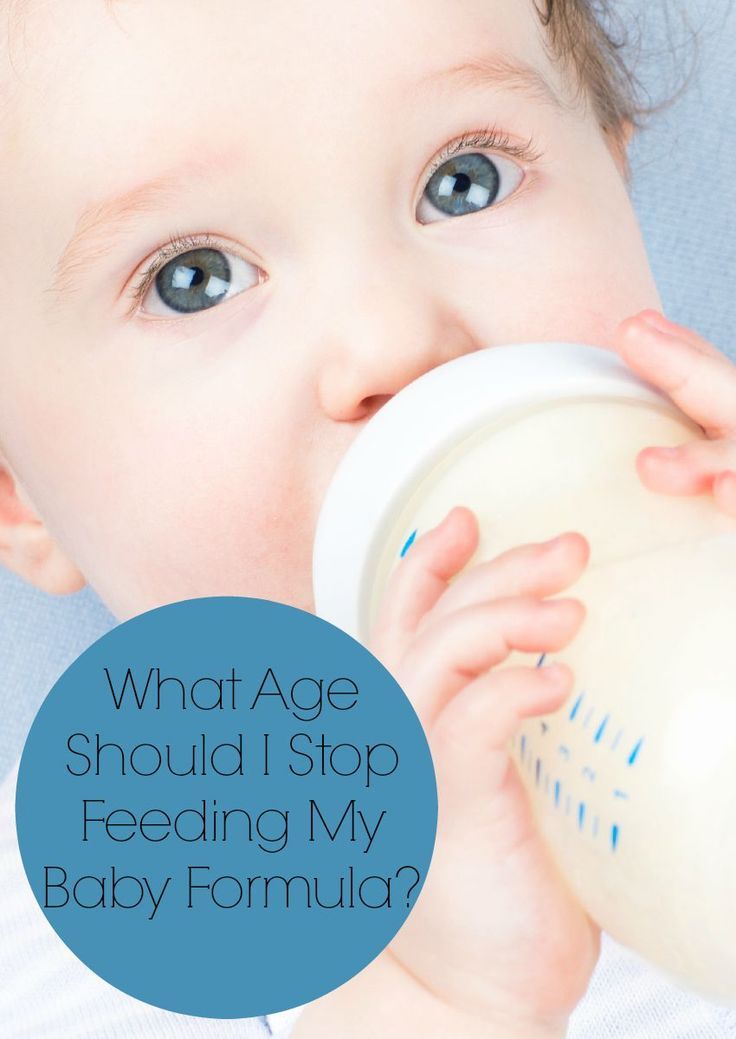
Nutritional benefits of babies eating avocados
Avocados are considered a very healthy food for babies and adults, alike! Here is a complete breakdown of what’s in your average medium avocado:
- Calories: 322
- Total fat: 29 grams (4.3g saturated, 3.7g polyunsaturated, 20g monounsaturated)
- Total Carbohydrates: 17 grams (13 grams fiber, 1.3 grams sugar)
- Protein: 4 grams
- Sodium: 14 mg
- Cholesterol: 0 mg
- Potassium: 975 mg
- Vitamin A: 5.9% of daily value (DV)
- Vitamin C: 34% of DV
- Calcium: 1.
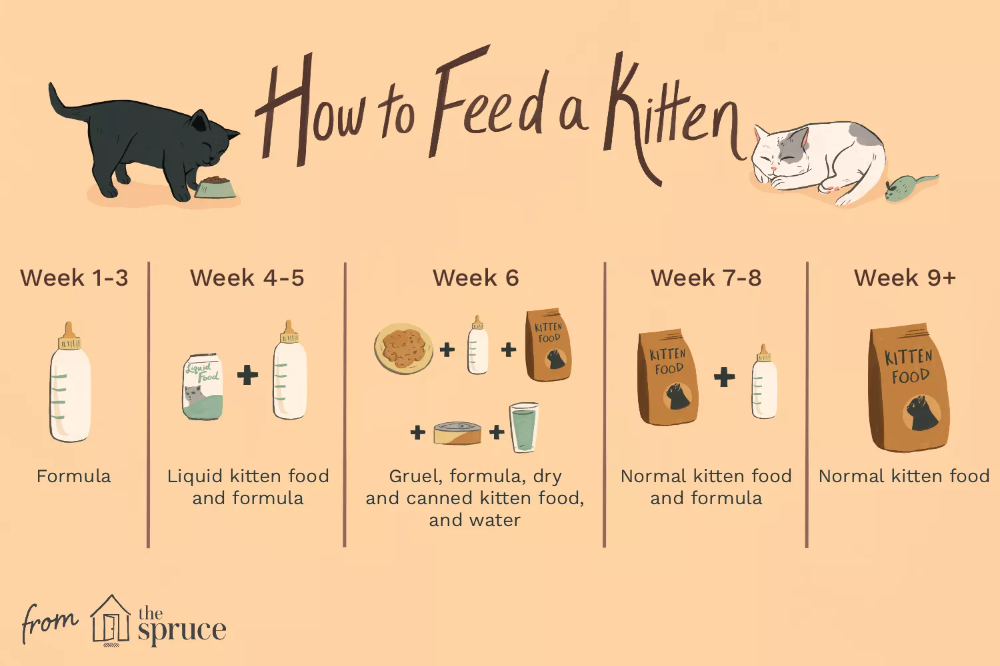 9% of DV
9% of DV - Iron: 6.1% of DV
Source: Nutritionix
As you can see, avocados have a great macronutrient (fat, carb, protein) breakdown with a huge serving of healthy monounsaturated fat! Did you know that they are even a better source of potassium than bananas?
Can babies eat avocado every day?
Under normal circumstances, babies should be able to eat avocados every day.
However, you might not want to do this because babies should be exposed to new foods constantly when they are just getting started with solids. The ultimate goal for all babies is to let them experience as many tastes and textures as possible and allow them to grow into a complete diet that can give them all of the vital nutrients that they need. By giving them avocado every day, you might be unintentionally limiting these new foods.
A great way to ensure a little more variety in your baby’s diet is to pick up some baby food pouches that mix other foods together with avocados. In our house we absolutely love the Happy Baby Organics baby food pouches and they have a delicious apple, kale, and avocado mix that you can find right here.
In our house we absolutely love the Happy Baby Organics baby food pouches and they have a delicious apple, kale, and avocado mix that you can find right here.
How do I know its good – I always taste the baby food!
For babies that LOVE avocados, however, there is no reason you can’t give them a little taste every day or even just mix it into other foods as well!
Do avocados cause constipation in babies?
No!
Rather than causing constipation in babies, the fiber content in avocados can actually help prevent it!
Even though avocados are mostly made of fat, they also include a lot of fiber in every serving. As a result, avocados could also be a great snack for babies that are struggling with constipation right now to help loosen things up!
Using avocados for baby-led weaning
Baby-led weaning is a simple method of introducing solid foods to your baby that puts emphasis on letting your baby explore the new tastes and textures at their own pace rather than being spoon-fed purees.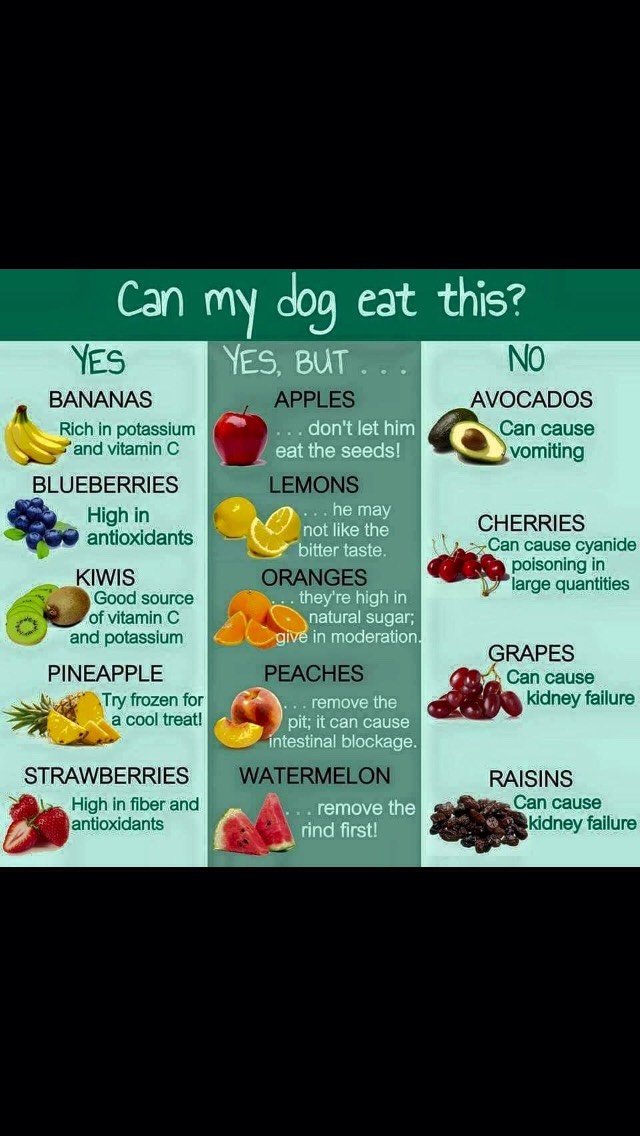
As an example, parents that choose to baby-led wean their kids would present a small plate of different foods for their baby cut into age-appropriate sizes or pureed, if necessary. The baby can then pick up, smell, taste, or suck on the food at their pace. In the beginning, it’s not very important that they actually eat much of the food.
Avocados work great for baby-led weaning because they are firm enough for babies to pick up but soft enough for them to squish or gum up in their mouths. They can also be easily pureed and have a texture that most babies enjoy while still having a neutral flavor that is unlikely to turn a baby off of them.
Always be sure to watch your baby carefully anytime they are eating new foods to keep an eye out for choking hazards, allergic reactions, or other issues!
How to choose the right avocado for babies
I’ve already mentioned that avocados work great as a baby’s first food because of their smooth, creamy texture that baby’s love to eat!
To get that perfect texture, however, you will need to choose the right avocado and that means picking one that is perfectly ripe.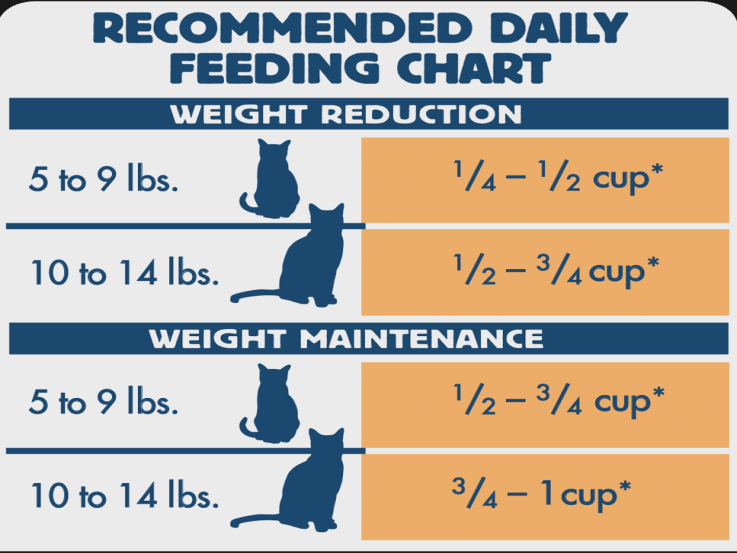 Ripe avocados have a softer texture, which makes them much easier to eat when sliced and much creamier when pureed.
Ripe avocados have a softer texture, which makes them much easier to eat when sliced and much creamier when pureed.
Here’s what to watch for when selecting the perfect avocado:
- Bumpy, dark green skin
- Slightly firm, but gives a little under pressure
- Yellow color around the stem (brown is overripe)
- The inside flesh has a butter-yellow color near the pit
Can you buy organic avocado baby food?
If you don’t want to make your own avocado purees, it’s not hard to find it in the baby food section at your local store or online (did you know you could buy baby food on Amazon?).
For whatever reason, however, it’s not super common to find JUST avocado in a jar or pouch serving, so it will likely be mixed with other fruits or vegetables. Since it’s best to introduce foods to your baby one at a time, it might be a good idea to only feed the mixed versions to them after you have given them some fresh avocado by itself!
How to store avocado baby food and puree
Avocados are a bit notorious because they can be expensive and it’s incredibly easy to waste them if you aren’t prepared.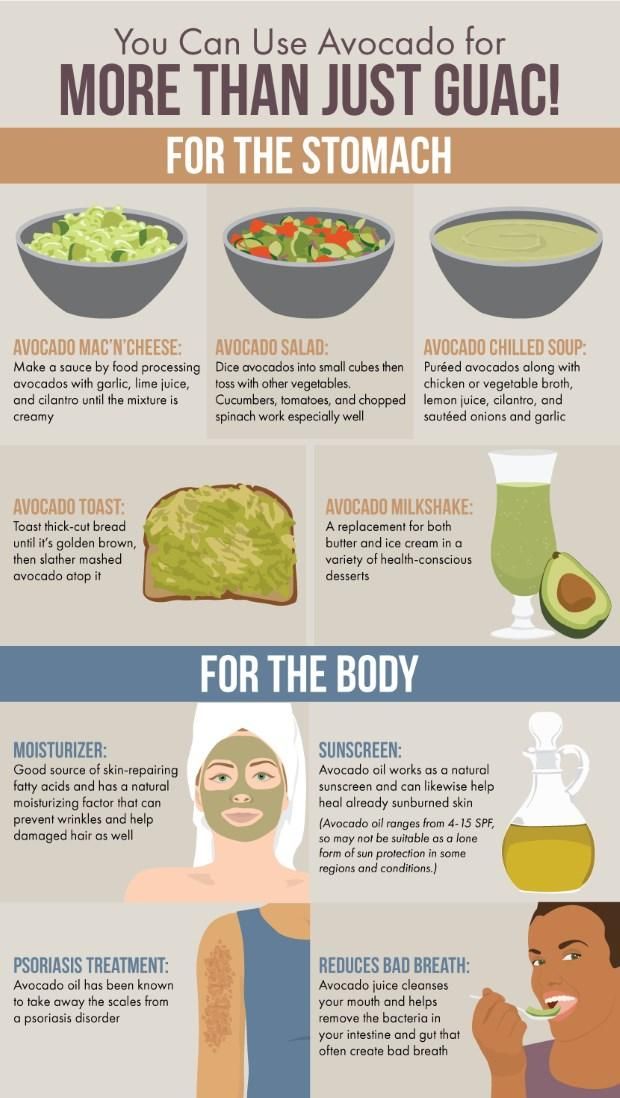
If you still have whole, uncut avocados, then you can simply store the ripened fruit in the fridge for one or two weeks.
If you have already cut into your avocados or you have several that are about to go bad, then the best solution for longer-term storage is to freeze them. Rather than freeze them whole or cut up, however, the best method is to puree them up with a little citrus juice and freeze them in a bag or other container. According to Spruce Eats, this is the best method:
- Cut each avocado in half lengthwise
- Pull out the pit in the middle
- Scoop the flesh out and load it into a food processor
- Add 1 tablespoon of lemon or lime juice per medium avocado
- Puree until smooth
- Seal the puree into an airtight bag or container (leave a bit of room for expansion)
If you don’t have any baby food-sized storage containers, then I highly recommend picking up some like these. They are made of high-quality glass, have screw-on lids, are microwave and dishwasher safe, and don’t contain any BPA, PVC, or other harmful plastic chemicals!
Adding that bit of citrus helps prevent browning and also allows a little bit more texture to stay intact after freezing and thawing.
How many avocados can a baby eat by age
While all babies are a little different, there are still some general recommendations that you should follow when it comes to feeding solids to yours.
According to the Mayo Clinic, for instance, your baby should ideally be fed breastmilk until the age of 6 months. At that point, you can start introducing solid foods one at a time. Babies that are formula-fed, meanwhile, can start this process at 4 months if she seems ready. Either way, those first few feedings are less about eating and more about exposing your baby to new tastes and textures.
To determine how much avocado you could offer your baby by age I looked at the feeding guides for infants, toddlers, and young children at Florida’s Department of Health to see how many servings of fruit are recommended for each group.
Here is a great table to break things down based on how old your baby is now!
Avocado servings by age
| Baby Age | Total servings of fruit (such as avocado) per day |
|---|---|
| 4 months | 4 to 6 tablespoons per day (2/5 to 3/5 of a medium avocado) |
| 9 months | 4 to 8 tablespoons per day (2/5 to 4/5 of a medium avocado) |
| 12 months | 3/4 to 1.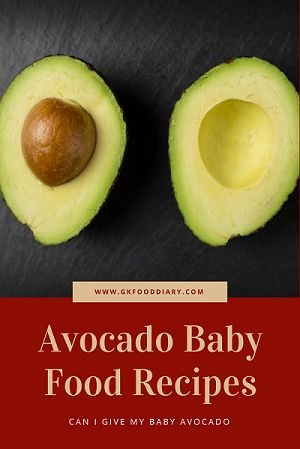 5 cups per day (about 1 to 1.5 medium avocados) 5 cups per day (about 1 to 1.5 medium avocados) |
| 16 months | 3/4 to 1.5 cups per day (about 1 to 1.5 medium avocados) |
| 24 months | 1 to 1.5 cups per day (about 1.25 to 1.5 medium avocados) |
How many servings of avocados recommended for a baby to have at 4, 9, 12, 16, and 24 months.
Looking at the table above, your baby can have a pretty large amount of avocado before it would be considered overeating. Do keep in mind, however, that these are just general recommendations based on the average baby and they are for the total amount of all fruits in a day (not just specifically avocados). As long as your baby is getting adequate overall nutrition and not eating too many calories in general, then it’s probably okay to be a little loose with those guidelines.
In my personal experience, we try to keep avocados in the house most of the time because we love making homemade guacamole and salsa.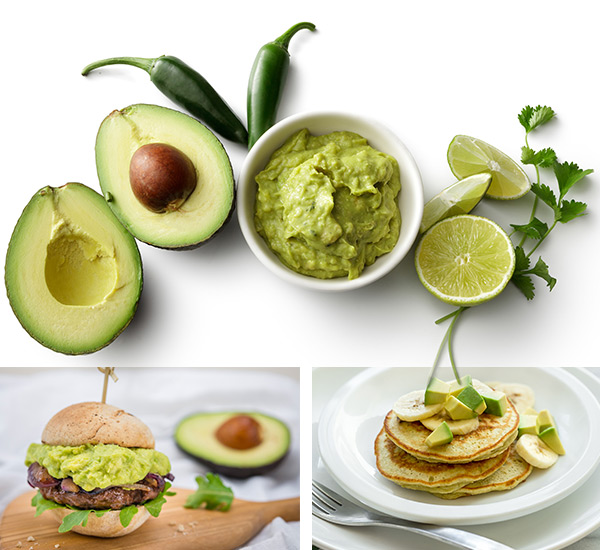 As my son was transitioning to solid foods, we would simply give him a bit of the pureed guacamole while we were making the guac and he loved it!
As my son was transitioning to solid foods, we would simply give him a bit of the pureed guacamole while we were making the guac and he loved it!
Even at close to two years, my son LOVES avocado and we give it to him at the house and even at a Mexican restaurant if it’s on our plate.
Potential issues with too much avocado for baby
Even though there are lots of benefits that go along with eating avocados, there can always be too much of a good thing.
As I mentioned earlier, avocados are pretty calorie-dense because of their fat content. This means overeating them could add too many calories to your baby’s diet and cause unnecessary weight gain if you aren’t paying attention. There could also be issues with food sensitivity or allergies, so always keep an eye out for stomach upset or any other similar symptoms and try to isolate which food might be causing it. In the beginning, you should really only be adding one new food at a time to your baby’s diet, anyway, to make sure that there aren’t any issues with that one before moving on to the next.
Can a Baby Eat Avocado? Is it Good For Them and Can They Have Too Much?
We’re supported by moms. When you buy through links on our site, As an Amazon Associate, I may earn a commission.
When your baby reaches the stage where they are ready to start transitioning to solid food, it can be such an exciting time. There are so many fantastic tastes and textures for them to try.
But it also leaves parents with lots of questions too. What should they be eating? How much should they be eating? Can they eat fish, fruit, meat, etc?
Fruit and vegetables are always a good place to start your weaning process as they provide lots of different tastes and textures that are easy for your baby to pick up and digest.
Along with the traditional fruit and vegetables that your baby can try, there are also some that you may not have considered using in their weaning journey.
Avocado is a great vegetable to use during baby weaning. I know you are thinking: can a baby eat avocado? The short answer is yes, they can and will love it.
Table of Contents
- 1 Should Your Baby Be Eating Avocado?
- 2 Nutritional Benefits Of Avocados For Babies
- 3 Can Babies Eat Avocado Every Day?
- 4 Side Effects Of Eating Avocados In Babies
- 5 Baby-led Weaning Using Avocados
- 6 Choosing The Right Avocado
- 7 How Many Avocados Can A Baby Eat Safely?
- 7.1 A fruit serving by age (such as avocado)
- 8 Can Baby Eat Avocado?
Should Your Baby Be Eating Avocado?
The answer is definitely yes. Avocados are not only trendy food but they are also extremely healthy. Avocados are high in potassium, a great source of fiber and healthy monounsaturated fats, which are great for your heart no matter what your age.
You can keep it simple by just mashing with a fork or puree some avocado and offer to your baby. There may be a few funny faces whenever your baby tries new food.
View in gallery
Remember that just because they did not love it or maybe even swallow it, does not mean that they will never like it.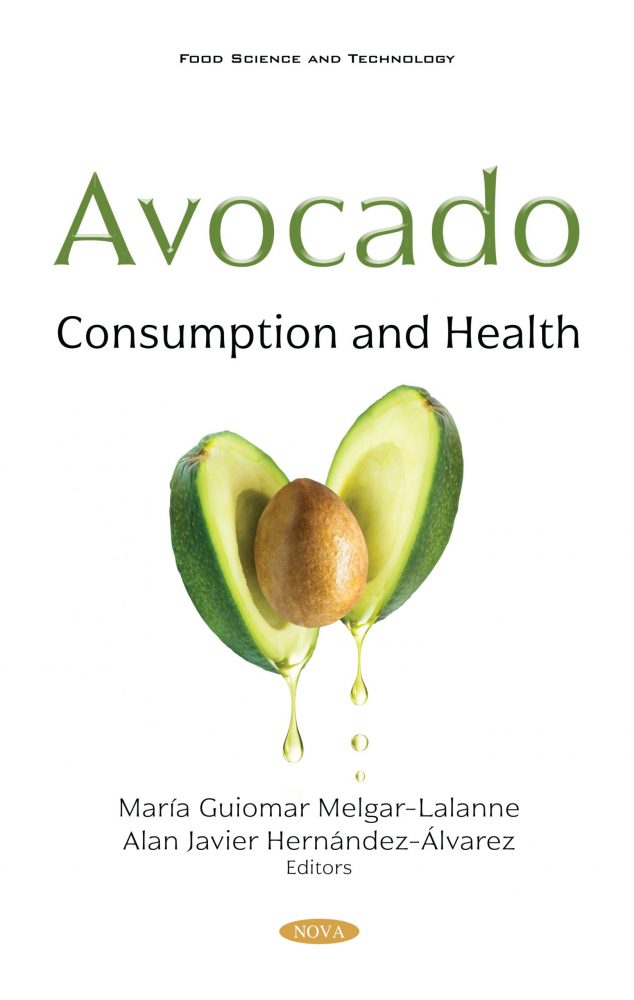
The problem that many parents have is that they are not sure how much avocado their little one should be eating. How much is too much and if there are any side effects to eating too much avocado.
Of course, every baby is different. They all have their own dietary needs and some may well have bigger appetites than others.
Nutritional Benefits Of Avocados For Babies
Avocados are really healthy for babies and adults alike. This is a breakdown of the nutritional content of your average serving of avocado, which is around 40 grams:
- Calories – 64
- Fat – almost 6 grams
- Carbohydrate – 3.4 grams
- Fiber – 3 grams
They are also a great source of vitamins C, E, K, and B-6. Although most of the calories in an avocado come from fat, there’s no need to shy away from eating them. They are full of healthy fats that help to keep you full and satisfied.
Can Babies Eat Avocado Every Day?
There is no reason that babies cannot eat avocados every day but you must remember that they should be eating a varied diet with lots of different foods included.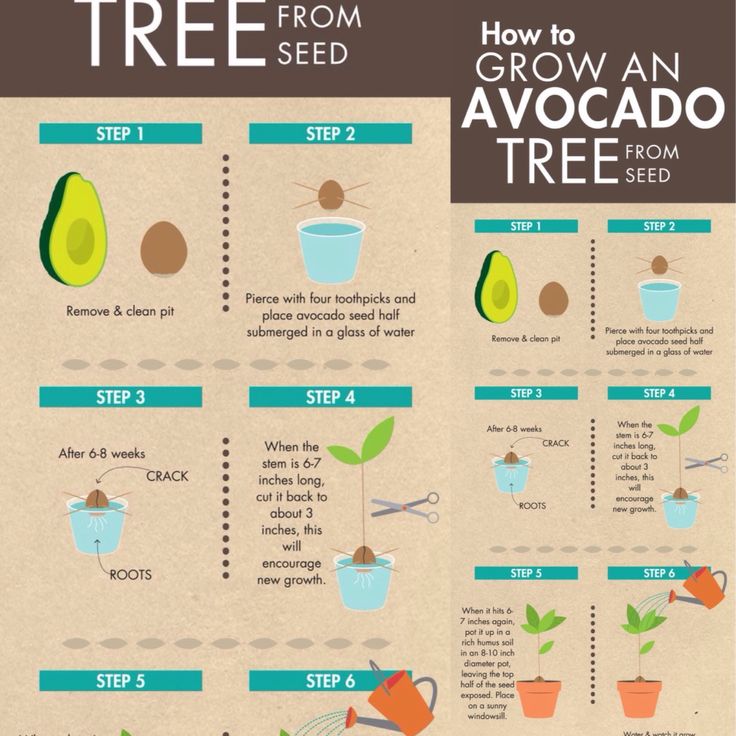
This gives them the opportunity to experience lots of different tastes and textures. It also ensures that you are meeting all their nutritional needs.
If your baby does love avocado, there is no reason that you cannot give them a small amount each day. Just make sure that there is plenty of variation.
Side Effects Of Eating Avocados In Babies
Even though eating avocados regularly have huge health benefits, there is also the ‘too much of a good thing’ problem.
As you can see from the nutritional breakdown of a serving of avocado above, they are high in calories due to their high-fat content. This does pose the problem that if your baby consumes too many of them, then they may possibly be consuming more calories than they actually need, leading to unnecessary weight gain.
As with any new food, there is the potential that your baby may have some food sensitivity or allergies. The best thing you can do is keep an eye out for any signs of an upset stomach or similar symptoms and then you can try to isolate the culprit.
View in gallery
When you first start weaning, you should try to limit the new foods that you add to your baby’s diet. By adding only one or two new foods at a time, this will make it easier to isolate the food that may be causing any issues.
Baby-led Weaning Using Avocados
Baby-led weaning is a term that has been growing in popularity over the last few years. Essentially baby-led weaning is a very simple method of introducing solid foods to your baby.
The emphasis is on letting your baby explore the new tastes and textures put in front of them in their own time rather than you spoon-feeding them. Be prepared for a lot of mess!
So, for example, I am a parent who used this method with both my young sons. I would give them a plate or just put it on the tray of their high chair a range of foods.
All foods need to be age-appropriate and cut into the right size for your baby or pureed. This allowed my sons to pick up food, squish it between their fingers, smell, taste, or suck the food.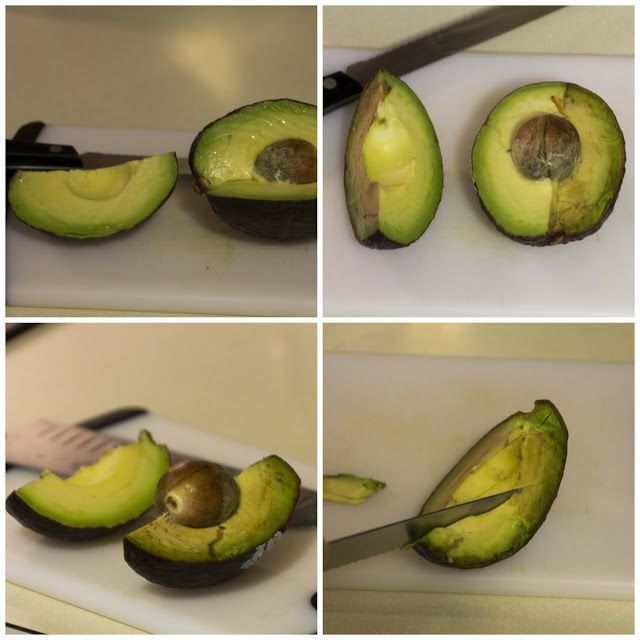
In the beginning not much actually goes in their mouth at all, but that is not anything to worry about as it isn’t really important that they eat much to start with.
Avocados are a great food for supporting this method of weaning because they have two key elements. They are hard enough that your baby could just pick them up with their fingers but still soft enough to mash with a fork or that they can mush in their mouths without too much risk of chocking.
Choosing The Right Avocado
I bet you never thought that you could pick the wrong avocado, right?
Well, you can. Avocados are perfect for weaning baby’s as they have a soft smooth texture. But to get this right consistency, you have to pick the ones that are perfectly ripe.
View in gallery
This is what you need to look out for when choosing your avocado:
- It should be firm but gives under a little pressure.
- Ripe avocados may have a slightly darker color.
- If you can flick off the stem the avocado easily it is ripe.
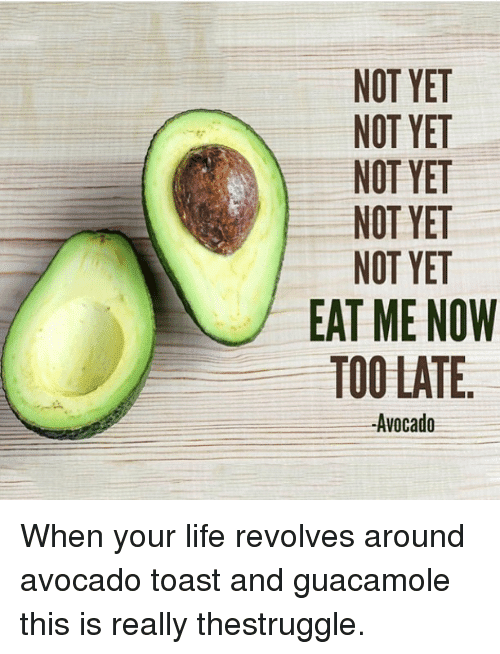
How Many Avocados Can A Baby Eat Safely?
While each baby is different with regard to how much avocado they can eat, there are some general recommendations for how much solids they should be eating.
According to Stanford Childen’s Health, solid foods should not be started until your baby is at least four months old as breast or formula milk provides them with all the nutrients that they need.
Once they do start weaning, the importance is on experiencing new tastes and textures and not so much about how much they eat.
A fruit serving by age (such as avocado)
| Baby Age | Total servings of fruit per day |
| 4-6 months | 2 – 4 tbs per day |
| 7 months | 4 – 6 tbs per day |
| 8 months | 4 – 6 tbs per day |
| 9 months | 4 – 8 tbs per day |
| 10-12 months | 4 – 8 tbs per day |
Looking at this table you can see that the recommendation for the amount of fruit your baby can eat per day is quite a lot, this would include avocado.
However, do remember that this is only a recommendation based on the average baby of that age and that this is a total amount of all fruits not just avocado.
Can Baby Eat Avocado?
The quick and easy answer is yes, of course. They can unless they have food sensitivity or allergies. Just remember that avocados are very calorie-dense but have great nutritional benefits for not only your baby but for you as well.
What you need to watch is that no matter what weaning technique you decide to use, the important thing is that your baby has a varied diet with lots of different tastes and textures.
This will ensure that your baby will grow into a child that is not afraid of trying different food or is not put off by the texture of food. Good luck on your weaning journey!
Emma Davies
Hi, I'm Emma and I'm a mother to 5 beautiful children aged from 1 to 21 years old- life is hectic! I have learned so much along the way, not only from my own children but also through my professional life.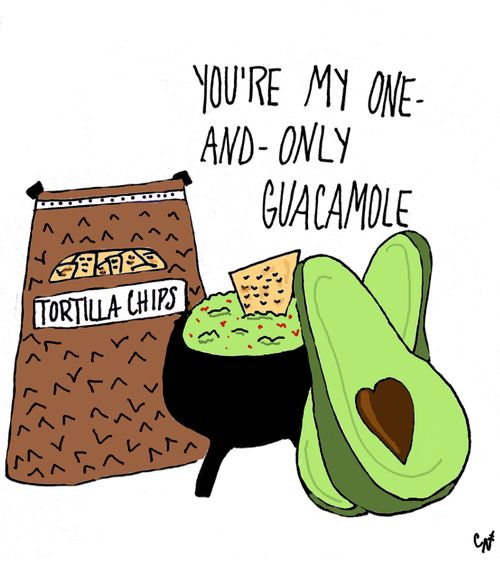 In my positions as a Childminder and Teaching Assistant, I have studied Child Development and The Early Years Developing Practice. I wish to share all of this knowledge and help you with your own parenting journey!
In my positions as a Childminder and Teaching Assistant, I have studied Child Development and The Early Years Developing Practice. I wish to share all of this knowledge and help you with your own parenting journey!
at what age can you give?
Child's birthday » Baby food » At what age can avocado be given to a child?
06/21/2016
Contents
- 1 What causes controversy in the scientific community
- 2 Avocados for the first complementary foods
- 3 How should an avocado look like?
- 4 How to choose a healthy avocado?
- 5 Storage conditions
- 6 Contraindications
- 7 Video: Feeding a baby from 4 months
The positive properties of avocados lie in the large number of useful substances contained in it. This is a whole complex of vitamins and minerals. Useful for digestion is the fruit fiber of a ripe avocado grated into gruel. It should be noted that its calorie content is very high - 20Kk per 100 grams of product.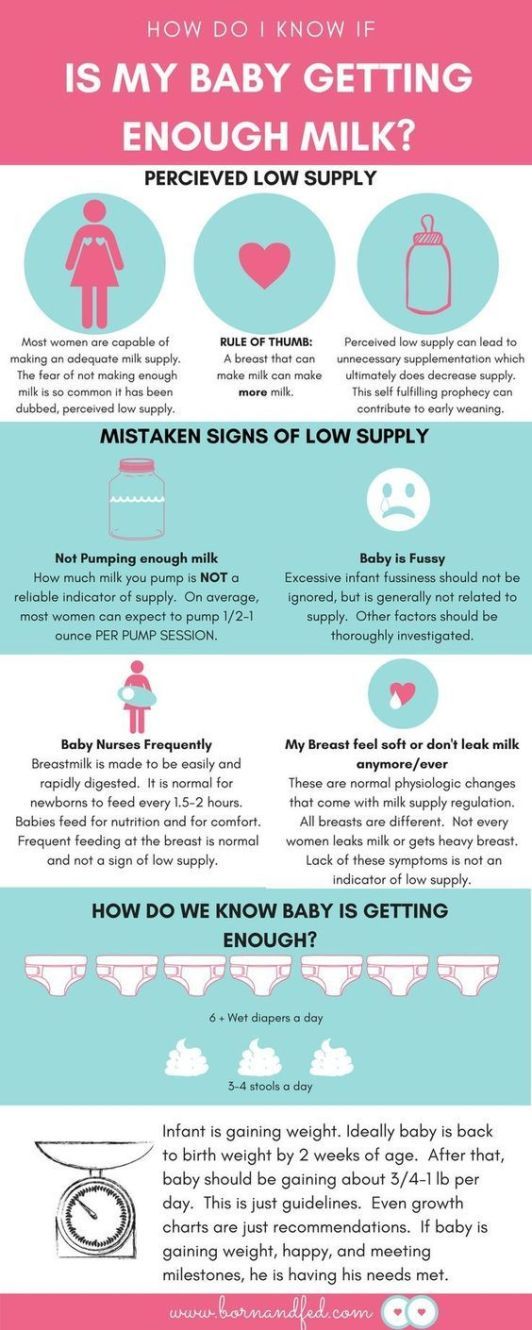
What causes controversy in the scientific community
Avocado is one of the healthiest foodsThis fruit is often prescribed for adults to lower cholesterol. For a week of systematic intake, indicators in adults decrease by 30%. The crumbs cannot have such problems with cholesterol, as well as cataracts. In addition to preventing all age-related changes, avocados prevent the development of cancer cells.
Nutritional value and chemical composition of avocadoFor children, this fruit is useful because the microelements contained in it contribute to the development of physical and mental. Scientists argue about the age at which avocados can be given to children. And this is in America, where this fruit has long been an integral part of the diet.
For Russia, avocado is an exotic product, which once again speaks against it. It has always been believed that vegetables and fruits that grow in the region where a person lives bring the greatest benefit.
Given that the avocado is also a strong aphrodisiac, the need for its introduction into the children's diet remains in question.
Avocado for the first food
The delicate texture of the first fruit food is easier for the baby's body to digest than the puree of vegetables and herbs. A more subtle unobtrusive taste also speaks in favor of fruit rather than vegetable complementary foods. But is it so important to give all the vitamins and minerals at once when you can please your child with a variety of flavors of fruits and vegetables that are less high in calories and do not contain "adult" vitamins. For example, "Omega-3" may be an extra addition to the mandatory vitamin "D" complex for babies.
Despite the variety of avocado recipes for children, it is better to consult a doctor.When introducing avocados into baby food, consult your doctor. Advice on the age at which to give avocados is mixed.
It is better to introduce avocado after applesauce Some scientists are of the opinion that this fruit should not be given to children under 1 year old. Others recommend it as the first complementary food. Here again, the exact age cannot be named, because the first complementary foods for breastfed children are recommended to be introduced no earlier than the baby is 6 months old.
Others recommend it as the first complementary food. Here again, the exact age cannot be named, because the first complementary foods for breastfed children are recommended to be introduced no earlier than the baby is 6 months old.
The stomach of a bottle-fed baby is ready to accept tender fruit pulp from 3-4 months. As a rule, for 3-month-old children, applesauce becomes the first complementary food. Avocado has a delicate texture similar to an apple. Its taste is not bright, which can be a good addition to milk. But still, you can enter it a month after the first apple food and banana samples.
What should an avocado look like?
With the appearance of avocados, not everything is clear due to the large number of its varieties. On Russian shelves, you can most often find 4 varieties out of 400 - these are:
Avocado varieties- "Gwen" - the fruits of this variety are oblong and rather large. Their skin is deep green. The flesh is yellow-green. The closer to the bone, the more yellow.
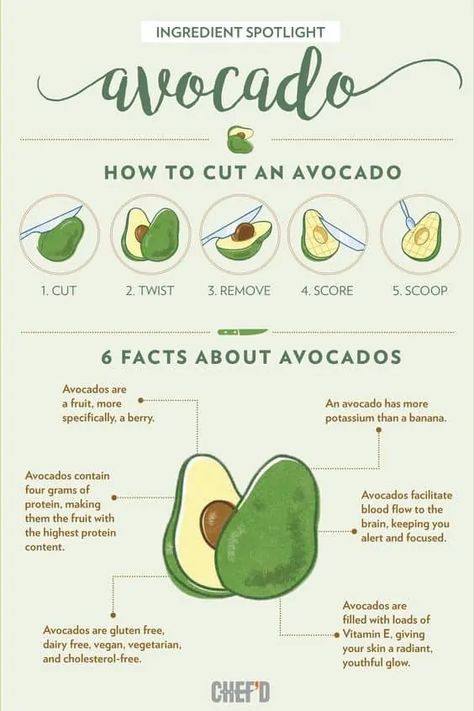
- "Reed" also refers to large-fruited varieties. The shape of the fruit is round, the flesh is light yellow, covered with a thick pimply skin of dark green color.
- Sweetish pulp under a smooth green skin is hidden in large fruits of the Fuerte variety.
- The most common pear-shaped fruits of medium size are the fruits of the Zutano variety. The flesh of the fruit is often white, sometimes yellowish. The smooth skin is easy to peel off.
There are a lot of varieties, so it is difficult to distinguish which of the fruits is ripe and which is not by the appearance of the peel. The main thing is that the peel is green, not purple. For some varieties, the brown color of the fruit peel is acceptable.
How to choose a healthy avocado?
"Maturity" avocado When choosing an exotic fruit, you can trust your hands and ears. The first step is to touch the fruit: if it is too hard and when pressed with your fingers, its shape remains unchanged, it is not ripe. The soft fruit of the avocado belongs to the category of overripe. There is a high possibility that under a dense peel the process of decay or fermentation has already begun. It is necessary to choose the golden mean. An obligatory criterion when checking the fruit is the restoration of its original shape after pressing. There should be no dents on the peel.
The soft fruit of the avocado belongs to the category of overripe. There is a high possibility that under a dense peel the process of decay or fermentation has already begun. It is necessary to choose the golden mean. An obligatory criterion when checking the fruit is the restoration of its original shape after pressing. There should be no dents on the peel.
It's even easier to tell when an avocado is ripe by ear. When shaking it, the stone should make a sound of hitting the shell. If this does not happen, the fruit is not ripe, the grain in the stone fits snugly.
When choosing between unripe and overripe avocados, it is better to give preference to the first. After a couple of days of lying, he will reach the required condition, like a pear.
Storage conditions
Avocados are best stored at room temperature Store at room temperature. You can’t put it in a freezer or refrigerator - this fruit does not tolerate sub-zero temperatures, it deteriorates very quickly if stored improperly. Like all fruits, it must be eaten fresh, only then it will give the maximum benefit to the body and will not cause harm.
Like all fruits, it must be eaten fresh, only then it will give the maximum benefit to the body and will not cause harm.
Contraindications
Possible cross-reactions are detected in the diagnosis of allergiesThe worst thing to give avocados to children suffering from latex allergies. At first glance, latex and fruit are unrelated. Upon a detailed study of the problem, it turned out that intolerance to bananas, apples, cherries, papaya, melons, tomatoes can subsequently affect cross-allergy. This will lead to severe forms of dermatitis on skin contact with latex products.
The threat of avocados is that latex proteins from the sap of euphorbia and mulberry trees are similar to those found in avocados. Latex products, which include nipples and pacifiers, with such a disease, will provoke the production of IgE. This type of immunoglobulin leads to the clinical manifestations of an allergic reaction.
In order not to condemn the child to suffering, it is necessary to consult a doctor before introducing exotic complementary foods.
If the baby has problems after trying bananas, then avocados should not be given to him.
Video: Complementary foods from 4 months
Didn't find your organization?
Add now!
2016-06-21
Previous Children's Day idea
Next Using ginger in children's diet
See also
About the benefits of chamomile tea for children
Contents1 What is it?2 Useful properties3 Instructions for use3.1 How to brew?4 Age restrictions and ...
from what age can I give and how?
Reading time: 5 minutes
Avocado is one of the most unusual fruits, it is high in calories, fat and contains many nutrients. Recently, this fruit has become available in our country, so many are wondering if avocados can be given to children. Is it really that bad for kids? When can you start using it? Is it acceptable to give babies up to a year? Let's figure it out.
Is it really that bad for kids? When can you start using it? Is it acceptable to give babies up to a year? Let's figure it out.
1 When you can give the child avocado and how many
1.1 from how many years you can give avocado
1.2 how and how much to give the baby avocado
1.2.1 Useful properties
1.2.2 possible damage
1.3 recipes of delicious dishes
1.4 How to choose the right one
1.5 Drawing conclusions
1.5.1
Avocados can be given to children under one year old only if the mother consumed these fruits during pregnancy and breastfeeding, and neither she nor the child had an allergic reaction.
But avocado is a dietary product, it is easy to digest, very nutritious and has a mild taste. And the tender pulp allows you to give this fruit even to babies, since it is easy to make puree from it. Therefore, many give it already from 7-8 months and even add it to the first complementary foods at 5-6 months.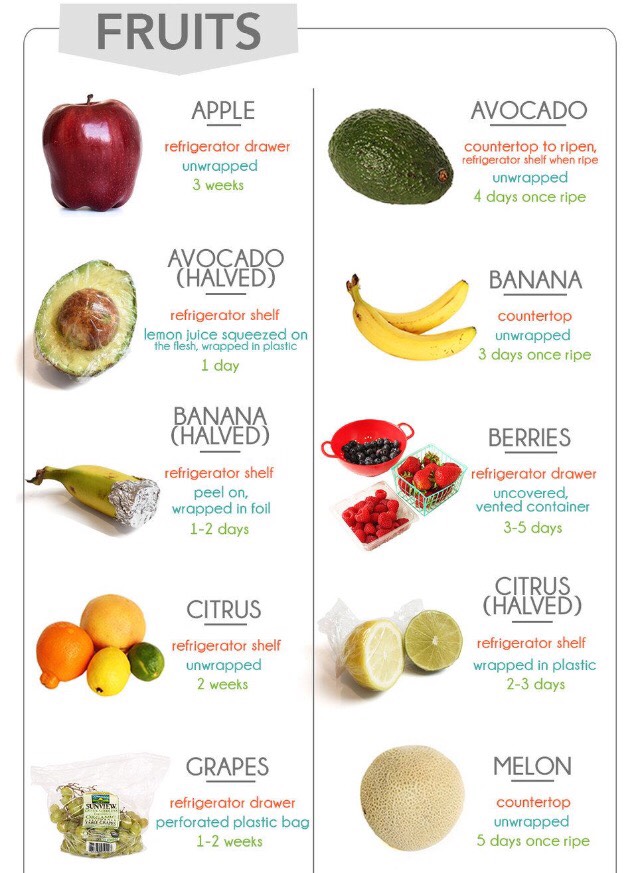
It is allowed to add avocados to complementary foods from 6 months if the baby is breastfed, but is already familiar with many foods if he has never had allergies, good digestion.
Doctors disagree on the age at which children can eat avocados. Some believe that not earlier than 3 years old, British scientists recommend introducing the baby to this fruit only at 5-6 years old.
Dr. Komarovsky in many of his articles notes that it is better for a child to add fruits that grow in the area where the family lives in complementary foods. He does not consider avocado a very healthy fruit, so he recommends not rushing to introduce it into the diet of babies under one year old. Check out the video in which Komarovsky tells his opinion (beginning 1:24):
Avocado is bad for the environment / Sniffing / Opinion about an Irishman
Watch this video on YouTube
How and how much to give your baby an avocado
It doesn't matter when an avocado appears in your baby's complementary foods. Always start with half a teaspoon. After that, 2-3 days you need to observe the child. No new foods should be introduced during this time. Otherwise, if an allergic reaction starts, it will not be clear what it is for. Children who have not developed rashes, diarrhea, or other side effects can include avocados in their diet.
Always start with half a teaspoon. After that, 2-3 days you need to observe the child. No new foods should be introduced during this time. Otherwise, if an allergic reaction starts, it will not be clear what it is for. Children who have not developed rashes, diarrhea, or other side effects can include avocados in their diet.
The question of whether it is possible to give an avocado to a baby and at what age should be decided individually. It depends on the characteristics of digestion, the presence of allergic reactions, the nutrition of the mother during pregnancy. But do not abuse it, it is better for a child to use such fruits no more than 2-3 times a week.
Avocados are very fatty and nutritious and can cause stool disorders and flatulence.
You also need to know how much pulp you can give. If a child does not have pathologies of the digestive system, a healthy liver and intestines, from 3-4 years old he can eat a quarter of fruit a day. After 7 years, half of the fruit is allowed, and for teenagers - a whole avocado.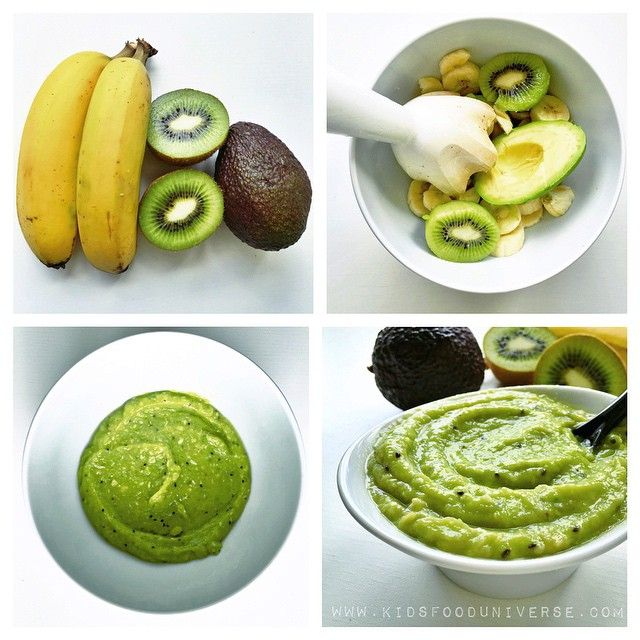 But we must remember that it is not recommended to consume more than 250 g of pulp per day - due to the high fat content, this is a big burden on the liver.
But we must remember that it is not recommended to consume more than 250 g of pulp per day - due to the high fat content, this is a big burden on the liver.
Benefits
This fruit, also known as the alligator pear, is a fruit. But in terms of taste and nutritional value, it is closer to vegetables. It contains a large amount of fatty acids. This fruit is a source of many nutrients. In 100 g of pulp, there are almost 15 g of fat, and the calorie content is 150 Kcal. There are also vitamins B, K, A, PP, E, magnesium, phosphorus, potassium, iodine, iron, silicon.
The presence of many useful substances makes avocados a valuable product that can be
to give to children. When used correctly, it has the following effect on the child's body:
- strengthens blood vessels, normalizes heart rhythm;
- improves digestion, relieves constipation, prevents weight gain;
- improves appetite;
- ensures the correct formation of the skeleton, strengthens the teeth;
- soothes, normalizes sleep;
- helps to cope with stress, prevents irritability;
- improves the functioning of the kidneys, liver;
- normalizes the composition of the blood, increases the level of hemoglobin;
- strengthens the immune system, helps to cope with infection, protects against viruses and fungi;
- improves memory, attention, increases the ability to learn.

Potential harm
But introducing avocados into the diet of children should be done with caution. After all, it can cause an allergic reaction.
It is especially dangerous to give it to babies with citrus intolerance, latex allergy. In this case, for the first time, you can give the child a taste of this fruit at 5-7 years old.
The use of avocados may cause the following side effects:
- urticaria, itching, skin rash;
- abdominal pain;
- nausea, diarrhea;
- flatulence.
When eating an avocado, be aware that its pit and peel are poisonous. It is necessary to carefully clean the fetus, remove the smallest particles of the bone.
Recipes for delicious meals
This fruit is popular for complementary foods because it is soft, has a delicate taste, is easy to digest, and does not need to be chewed. When giving avocados to babies, they first mash only from it. Then you can combine it with other products.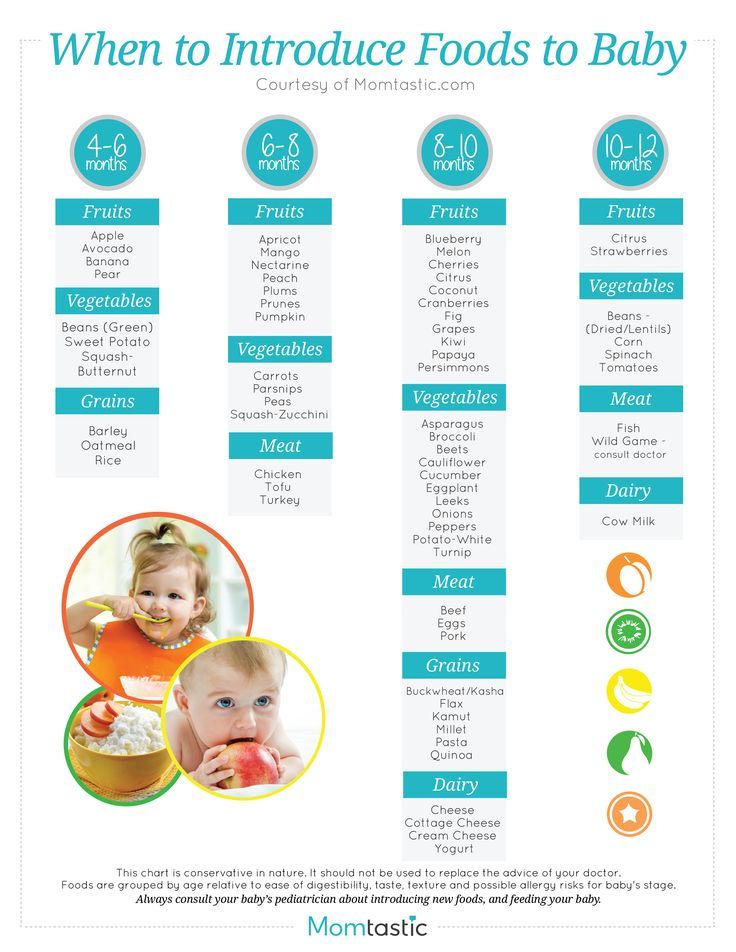 It goes well with apples, bananas, peaches, as well as cottage cheese, kefir.
It goes well with apples, bananas, peaches, as well as cottage cheese, kefir.
You can use it to make desserts, smoothies, soups, give it as a puree. Just keep in mind that after heat treatment, less nutrients will remain in the pulp, and it can be bitter. Before cooking, the fruit must be washed in hot water. Then peel the skin from it, cut it lengthwise and pull out the bone. If there are scales from it, clean them well. The flesh should be yellow or light green in color, dense. Loose overripe fruits should not be given to children.
When cooking, try to do everything quickly, as the avocado darkens after a few minutes. Therefore, prepare everything in advance, find out how many products you need.
The simplest meal for a baby is mashed potatoes. You need to mash a piece of pulp with a fork or beat in a blender. It is not recommended to add sugar, it will turn out sweet anyway. For babies, you can mix the fruit with breast milk.
You can purée courgettes and avocados later. To do this, boil the zucchini, grind it into a puree, add the alligator pear puree.
To do this, boil the zucchini, grind it into a puree, add the alligator pear puree.
Lettuce is made to children after 5 years. For him, you need to cut the cabbage, rub the apple and avocado, mix everything, pour over the lemon juice. Add green onions, dill and a little olive oil.
Instead of butter, a child can spread this fruit puree on bread. To do this, the crushed pulp is mixed with lemon juice.
As a dessert, avocado and kiwi puree is made for the baby. Fruits are ground, then mixed. It is better to rub the kiwi through a sieve to remove the seeds.
The soup is based on chicken broth. It is necessary to grind the pulp into a puree, mix with the broth and bring to a boil. Serve with herbs and croutons.
Avocado soup: video recipe - Doctor Komarovsky
Watch this video on YouTube
How to choose the right one
It is important to choose the right avocado in the store. The peel should be uniform in color, shiny, without spots or damage.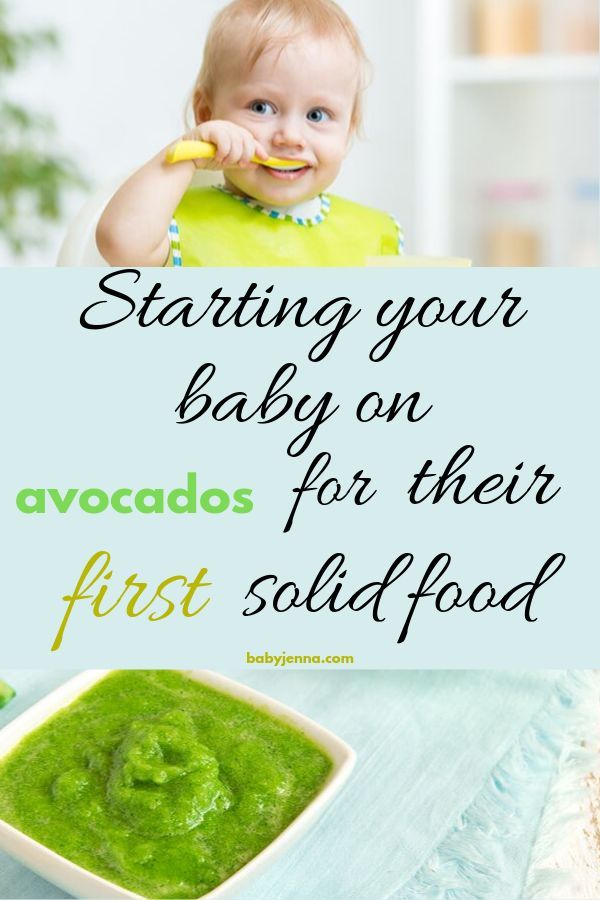 You need to press on it with your finger - there should not be dents. If the peel is pressed through, the fruit is overripe, rotting processes could already begin in it. Such fruits should not be given to children, they can cause poisoning.
You need to press on it with your finger - there should not be dents. If the peel is pressed through, the fruit is overripe, rotting processes could already begin in it. Such fruits should not be given to children, they can cause poisoning.
It is better to choose a slightly unripe fruit, it will ripen in 3-5 days at room temperature. But in order not to take a completely green one, which will be tasteless, you need to shake it near your ear. You should hear the tapping of the bone.
Drawing conclusions
Whether it is possible to give a child or not, and also when it depends on many factors and on the parents themselves. Opinions differ, it is recommended to follow a simple rule that you can give avocados to your child:
Read on the topic Olive and olives to children: is it possible to give, from what age
One way or another, it is better to consult a doctor, as it depends on the health of the baby.

